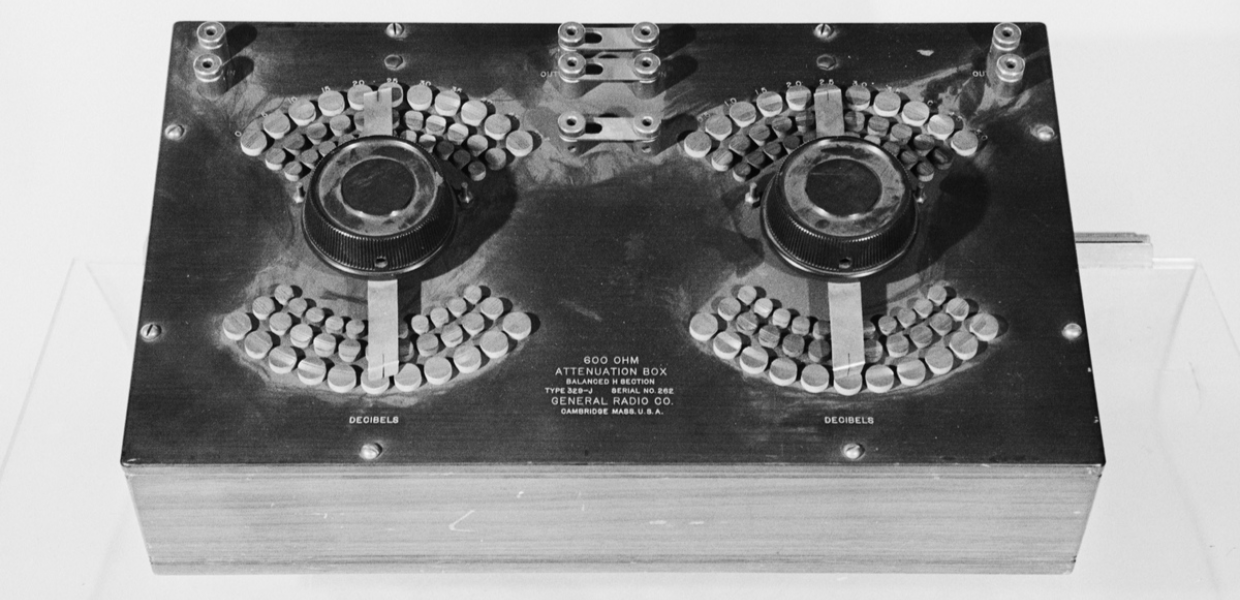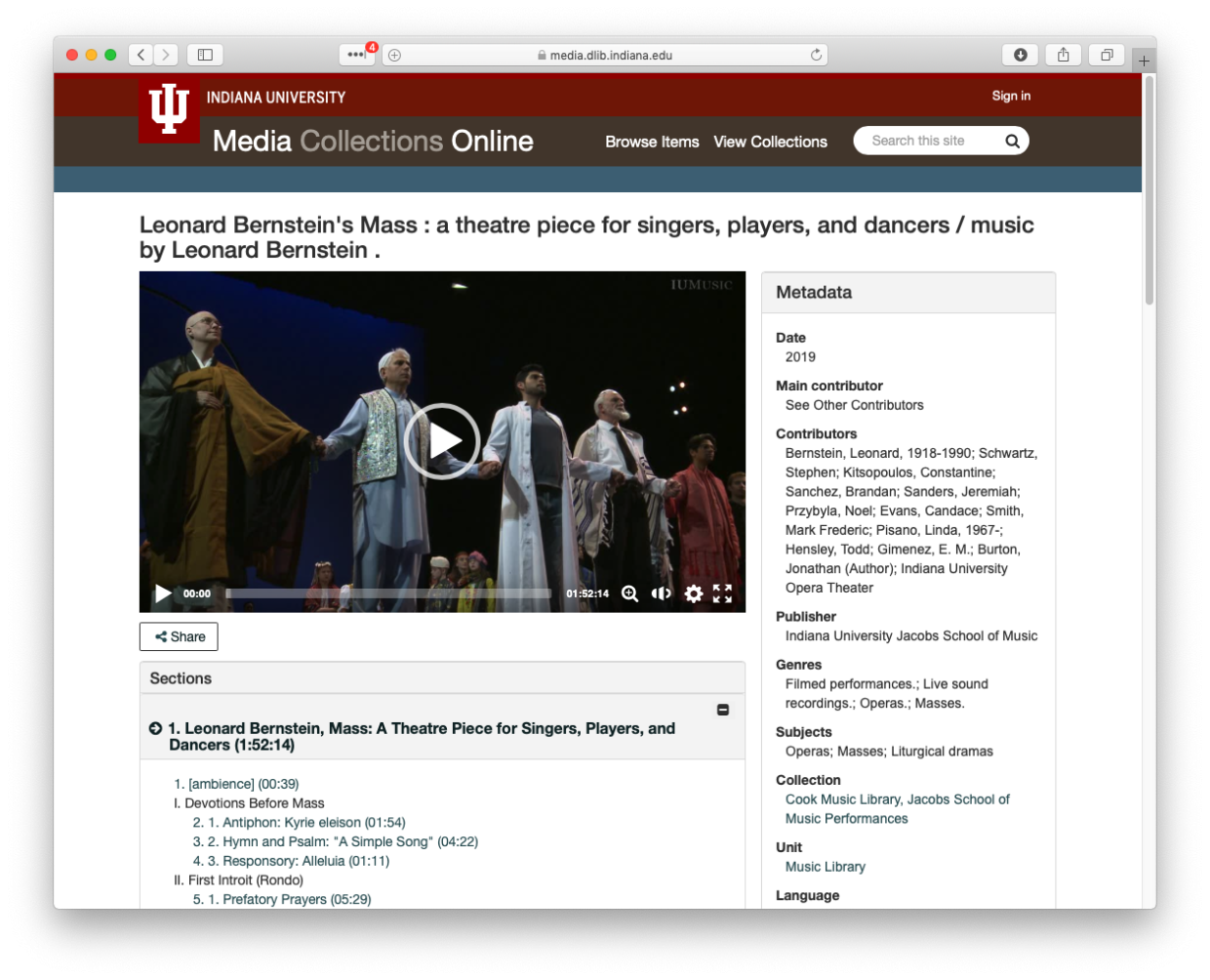Avalon is as flexible as possible and supports a wide range of modalities for content discovery and access. Users can find an item in Avalon through use of its own built-in search and browse, but they might also discover items through a web search engine such as Google, a local- or network-level library discovery layer, or links from within a course site or online exhibit. Avalon’s media player can be used within the Avalon web interface itself, but it may also be easily embedded into other sites via an iframe. This embeddability has supported uses such as hosting of media used within online exhibits, electronic journal articles, and news stories.
Annotating material
Scholars and users also want to be able to annotate media collections, something Indiana University has been working on since the early 2000s. But for audiovisual material, this had yet to be standardised. The ideal, in the world of AV annotation, has been a standard that would allow the separation of an annotation tool from the backend repository and delivery platform, allowing scholars to mix and match tools as appropriate for their research needs.
The emergence of native browser AV support in HTML5 offered part of the solution, but it still left gaps for how repositories might offer audiovisual files along with metadata related to rights, description, and structure, and support controlled, authenticated access for content that cannot be made openly available. The emerging International Image Interoperability Framework (IIIF) community had solved many of these same problems for access to still images, and the community’s interest in extending these principles and technologies into the world of moving images and audio is exciting. Avalon was actively getting engaged in planning work that ultimately led to the development of the IIIF Presentation API 3.0 standard, released in its final form in June in 2020.
The current version of Avalon automatically generates IIIF Presentation 3.0-compatible manifest files for all items, which may be used to play back Avalon content in other IIIF-compatible tools such as the Universal Viewer. Avalon is also integrated with an audio annotation tool that consumes IIIF manifests and audio from Avalon to support hierarchical annotation of musical form, which itself in turn is saved as a new IIIF manifest. In the future, there are plans to rework Avalon to use IIIF standards internally for interoperability between its player and backend and to enable better integration of media content housed in Avalon into other environments such as online exhibits and archival finding aids.
Interested in IIIF AV presentation tools? Join the IIIF and EuropeanaTech working group.



